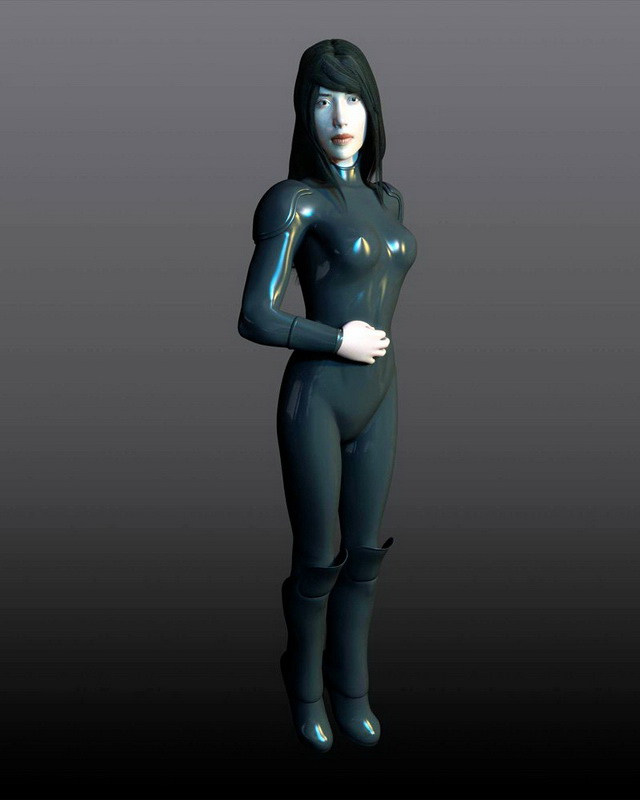
Note: Certain biped body parts, including fingers, tails, ponytails, props, and clavicles, can be repositioned in Figure mode to suit different characters. When you position the biped inside your mesh, start with the center of mass (COM), which is the parent of all objects in the biped hierarchy.
The COM should be positioned in line with the hips of the mesh character. Scale the pelvis so that the legs fit properly in the mesh, and then use Move and Scale on the 3ds Max toolbar to position your biped skeleton. Note: Biped body parts cannot be removed, however unwanted parts can be hidden. If you delete a part the entire biped will be deleted. The following list includes some tips for positioning your skeleton: • Use the and keys to cycle through links.
• Use to move and scale the arm and leg links on your skeleton simultaneously. • Use tools from the, such as and to adjust tail, neck, spine, and ponytail links. • The head, toes, and fingertips should extend slightly beyond the mesh extents to fulfill the requirements of Physique. • Use the minimum number of fingers and toes. You need extra fingers or links only if you are planning on complex hand or foot animation. If your character is wearing gloves or shoes, then you probably only need one finger or toe, with one link. • To create a biped with knees that bend backwards, rotate the biped calves or thighs of both legs 180 degrees about their local X-axis (along the length of the limb).
Rigged human male figure 3d model free download, Low poly 3d model of rigged male figure..max files size 1.07 MB. Find the best selection of Figure 3D models and Figure textures for instant download and use from the best online 3D model catalog.
When you exit Figure mode, the biped walks, runs, and jumps with reversed knees. • When working with a mesh in a symmetrical pose, pose one side of the skeleton, and use controls on the to paste the posture to the opposite side of the biped. Topics in this section • A biped model is a two-legged figure: human or animal or imaginary. Download Need For Speed Rivals Tpb Unblocked. Each biped is an armature designed for animation, created as a linked hierarchy.
The biped skeleton has special properties that make it instantly ready to animate. Like humans, bipeds are especially designed to walk upright, although you can use bipeds to create multi-legged creatures. 300mb New English Movies Free Download on this page.
The joints of the biped skeleton are limited to match those of the human body. The biped skeleton is also specially designed to animate with character studio footsteps, which help solve the common animation problem of locking the feet to the ground. • The geometry of a biped is a linked hierarchy of objects that resembles a human figure. The parent or root object of the biped is its. This object is displayed as a blue octahedron near the center of the biped's pelvis. Moving the COM repositions the entire biped.
• Use the body parameters to change initial biped anatomy. The Body parameters are in the Create Biped rollout that appears in the Create panel when you create a biped. • If your scene is going to contain more than one biped, it's a good idea to give the biped a unique name. Double Dhamaal Video Songs Free Download Hd.
By default, the first biped in a scene is called Bip001. Succeeding bipeds have the same name except that the three-digit number is replaced by another number in sequence: 002, 003, 004, and so on.
• After creating the default biped, you will often need to change the proportions of the skeleton to fit your model. Use Figure mode to change the biped structure in its rest pose. • One way to adjust a biped’s proportions is by its links. To do so, must be active. If you try to scale a biped outside of Figure mode, nothing happens. • Rubber Band mode provides a way to proportion the arm and leg links simultaneously. Rubber Band mode works with the Move transform rather than the Scale transform.
When you move an arm or leg with Rubber Band mode turned on, both the link and its child are scaled in a single step. • For greater speed in displaying bipeds, or to make your viewports less cluttered while you edit your scene, Biped lets you turn off the display of some biped elements. These display controls are found in the Motion panel Display group, rather than on the Display panel. • You can quickly and easily delete an entire biped from a scene. • With the Physique component, you can use Biped to animate a deformable skin, usually a mesh object. However, some animations don't require deformation. For example, a knight clad entirely in rigid metal armor doesn't need to deform as skin does.